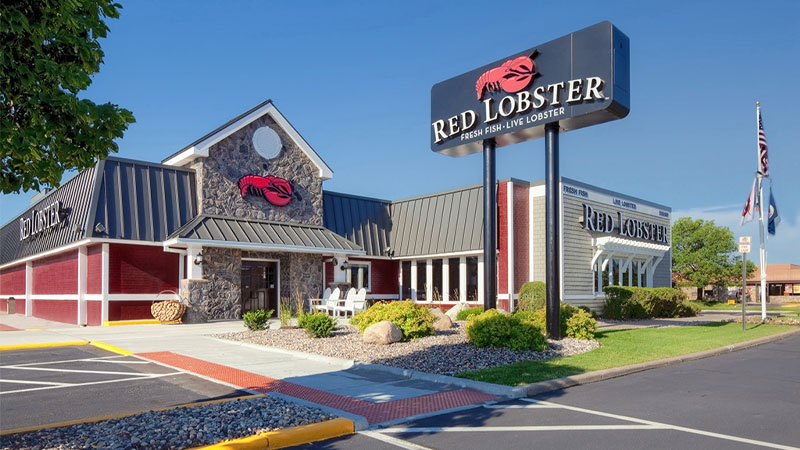Exclusive content

When Red Lobster decided to make its “Ultimate Endless Shrimp” promotion a permanent fixture on its menu, the seafood chain aimed to reel in customers during the traditionally slow sales period between July and December. The move, however, turned out to be a double-edged sword, as the surge in demand for endless shrimp took a toll on the company’s profits.
The promotion allowed diners to enjoy two shrimp-based dishes to start, with the option to order as many additional shrimp dishes as they desired, featuring popular choices like Popcorn Shrimp, Garlic Shrimp Scampi, and Shrimp Linguini Alfredo. While customers enthusiastically embraced the all-you-can-eat offer, Red Lobster found it challenging to maintain profitability while serving generous portions of shellfish at a relatively low price.
In an attempt to offset losses, Red Lobster raised the offer price to $22 and later to $25. Unfortunately, these adjustments failed to prevent the financial setbacks, contributing to a disappointing quarter for Red Lobster’s owner, Thai Union.
The popularity of Red Lobster’s unlimited shrimp feast aligns with a broader trend in the restaurant industry, where all-you-can-eat chain restaurants have seen a significant uptick in visitor numbers. According to data from foot-traffic tracker Placer.ai, buffet-style establishments like Golden Corral, Cicis, and Pizza Ranch experienced a remarkable 125% increase in foot traffic over a two-year period, indicating a growing preference for prix-fixe dining options.
This surge in the popularity of all-you-can-eat dining options coincides with a challenging economic backdrop. Americans continue to grapple with the impact of higher consumer prices, even as inflation shows signs of cooling.